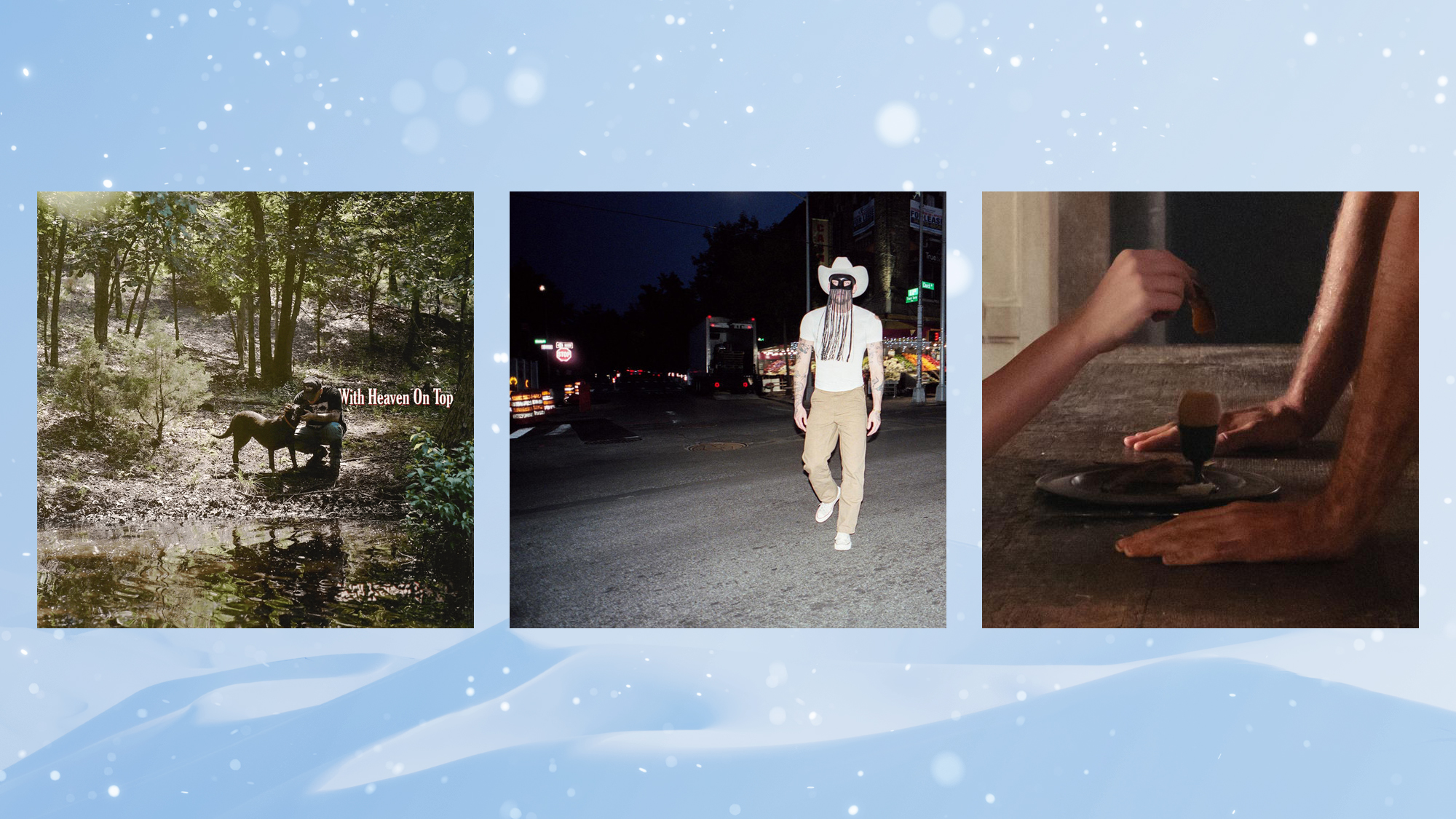Exhibit of the week: The Dissolve: Eighth International Biennial
The latest biennial exhibition features the work of artists who combine traditional media like painting and sculpture with film and animation techniques.
SITE Santa Fe
Through Jan. 2, 2011
Few exhibitions of contemporary art actually manage to put a finger on the pulse of “a new aesthetic,” said Rima Suqi in NYTimes.com. The latest biennial exhibition at the SITE art center in Santa Fe is different, rounding up work by artists who find ways to combine traditional media like painting and sculpture with film and animation techniques. The results include drawings that move, videos that look like paintings, and “three-dimensional installation-like pieces” that viewers can interact with. The show’s inspiration came from the work of Kara Walker, who often creates films using her singular style of silhouettes, and Raymond Pettibon, who in recent years has begun making animations from his distinctive drawings. Eventually, curators found two dozen other artists who similarly combine the hand-crafted and the high-tech.
The Week
Escape your echo chamber. Get the facts behind the news, plus analysis from multiple perspectives.

Sign up for The Week's Free Newsletters
From our morning news briefing to a weekly Good News Newsletter, get the best of The Week delivered directly to your inbox.
From our morning news briefing to a weekly Good News Newsletter, get the best of The Week delivered directly to your inbox.
Creating such intricate, dynamic artworks often requires painstaking effort, said Marin Sardy in the Santa Fe Reporter. Ezra Johnson, for instance, repeatedly altered his canvases to create each frame for his films, thus creating the impression of a painting that moves. William Kentridge crafts his politically themed animations through a method of erasure: He starts with a charcoal drawing and films successive frames as he alters and deletes different sections. While this show celebrates such formal ingenuity, it also reveals that these techniques are part of a longer tradition. A side room includes such forgotten wonders as Lotte Reiniger’s 1926 The Adventures of Prince Achmed—a masterpiece of cut paper that “still dazzles 84 years later.”
There’s something old-fashioned about these contemporary artworks, said the Santa Fe New Mexican. In addition to their handmade quality, there’s also an emphasis on narrative that’s rare in contemporary art. Brent Green’s Paulina Hollers (2006), for instance, uses a quirky stop-motion aesthetic to illustrate an Appalachian folk tale about a mother who goes to hell to find her son. Unfortunately, with so many hyperactive (and often loud) creations placed so close together, The Dissolve threatens to “dissolve into visual and aural confusion,” said Alicia Inez Guzman in Artinfo.com. Further, by drawing attention to the works’ surface similarities, the curators sometimes actually discourage viewers from contemplating each more closely. “The need to stress formal links often overshadows the stories, histories, and even politics built into individual pieces.” While the theme of this biennial certainly proves fascinating, it too often steals the spotlight from the works themselves.
A free daily email with the biggest news stories of the day – and the best features from TheWeek.com
-
 Will Trump’s $12 billion bailout solve the farm crisis?
Will Trump’s $12 billion bailout solve the farm crisis?Today’s Big Question Agriculture sector says it wants trade, not aid
-
 ‘City leaders must recognize its residents as part of its lifeblood’
‘City leaders must recognize its residents as part of its lifeblood’Instant Opinion Opinion, comment and editorials of the day
-
 10 upcoming albums to stream during the winter chill
10 upcoming albums to stream during the winter chillThe Week Recommends As the calendar turns to 2026, check out some new music from your favorite artists